It’s the terrain, the seascape and the topography that sets Kaikōura apart. Towering mountains rear up imperiously from the rock-strewn coastline in nature’s grand collision, writes Mike Yardley.
That mountain backdrop of the Seaward Kaikōura Range is deliriously good, a match for the Remarkables Range that curtains Queenstown. Few places in the world have such mighty mountains so close to the sea. And what really underscores the extreme drama that nature has wrought, is the fact that just offshore the Kaikōura Canyon plunges to a depth of twelve hundred metres. It’s those deep sea trenches of the Continental Shelf that give rise to the world-beating marine wildlife experiences you can encounter.
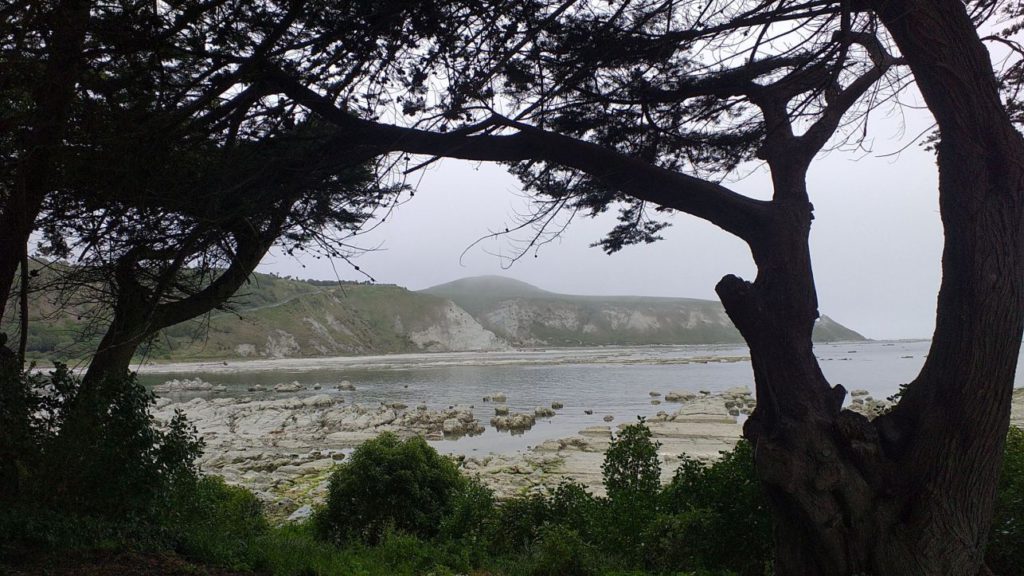
The Kaikōura Peninsula Walkway is the perfect introductory to soak up the sensory embrace, from the splendour of the ocean and marine wildlife to the sizzling views of the surrounding landscape, as the land collides with the sea. Striking out on this three hour loop circuit wrapping around the peninsula, I learned that this was originally an island, before being connected to the mainland by all of the eroded debris from the mountains. History-hounds will be in their element. Māori mythology considers the peninsula as the seat of Maui’s canoe.
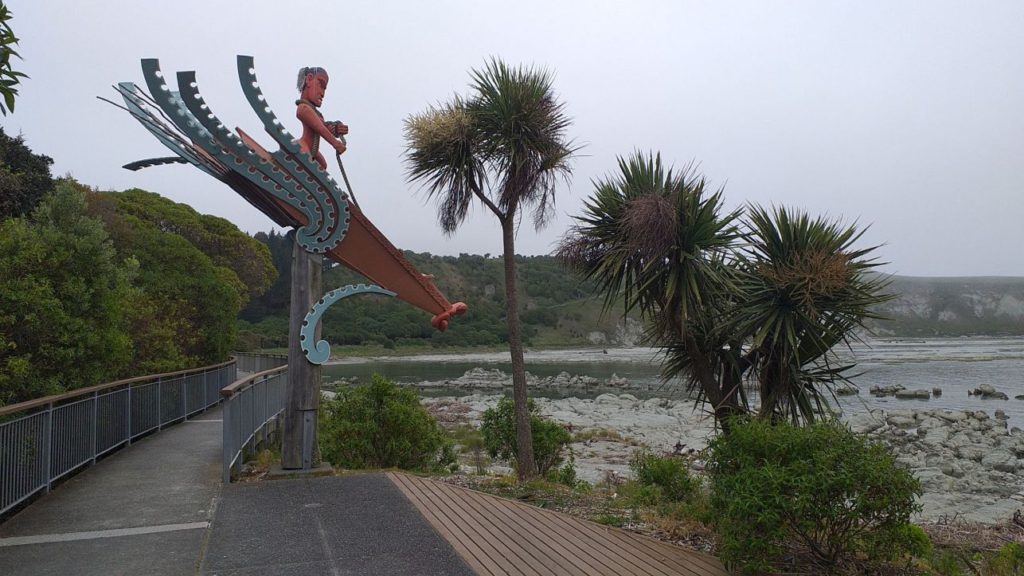
Legend has it that Maui used the peninsula as a foothold to steady himself when he fished the North Island out of the sea. At least fourteen Māori pa sites have been identified around the peninsula. You can see many of them on the walk and they reach back over eight hundred years, as moa-hunter settlements. There’s a series of carved pillars and interpretation panels studded throughout the walk showcasing the cultural heritage, including Maui’s almighty fishing expedition.
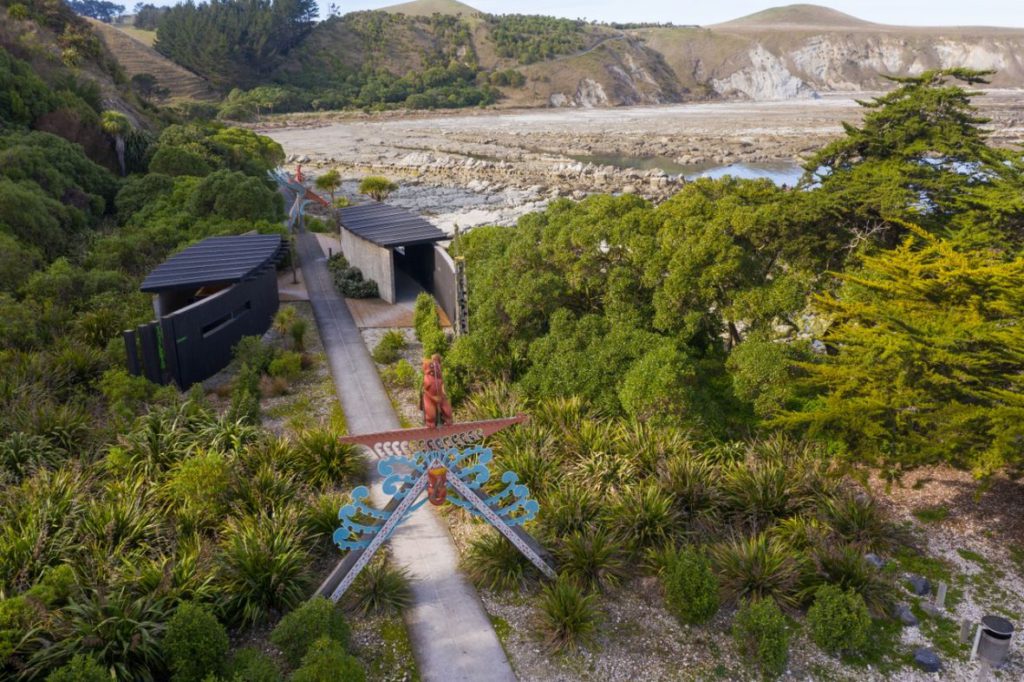
Alongside the scenic richness of the walk, you’ll get a great geological lesson about all that uplift, with so many dramatic rock formations. There’s big rocky headlands, tortured-looking limestone reefs, boulder reefs, and tidal platforms that the sea has gouged out of the uplifted sandstone. Nature’s immense power is on graphic display, which of course has been added to in recent years by the seabed being lifted several metres in the 2016 quake, giving rise to even more rocky outcrops. Jutting off the main track, take the cliffside side track down to Whalers Bay. The bay was the prime launching point for whale boats, back in the day.
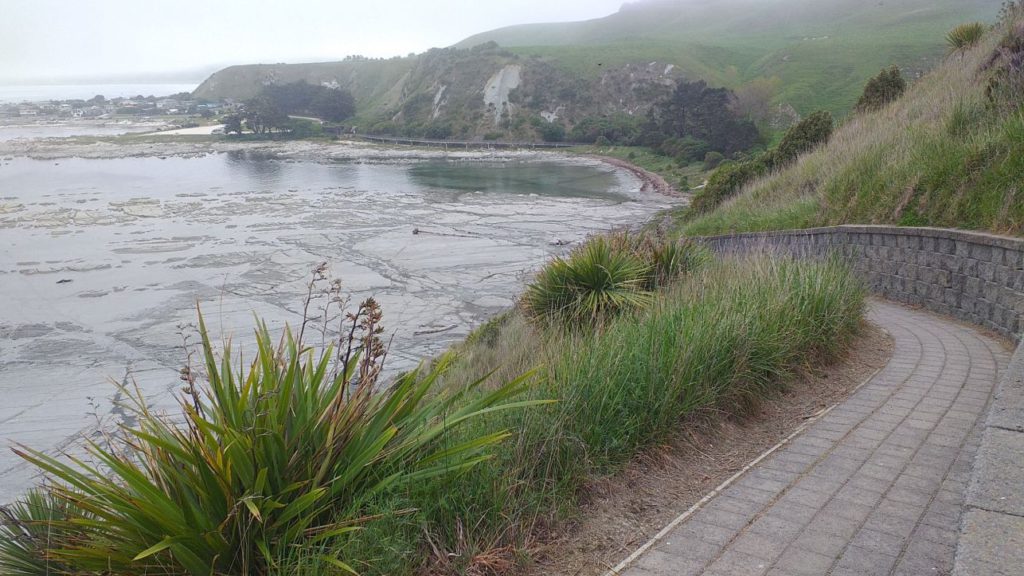
From the clifftop, you’ll also see the landmark called the Sugarloaf, which is also known as Bird City, because it’s the largest red-billed gull colony in the South Island. Chances are, it’s from where those voracious gulls herald from, who try and mug you for your fish and chips on the beach in Kaikōura. Heroic endeavours continue to support the Hutton’s Shearwater?

Kaikōura is the only place these endangered seabirds breed on earth, before wintering over in Australian waters, without ever making landfall there. They breed high up in the Seaward Kaikōura Range at two locations, including one at Puhi Peaks Station. Fifteen years ago, an additional colony was developed on Kaikōura Peninsula to give nature a helping hand, with chicks transferred from mountain burrows to the artificial burrows here.
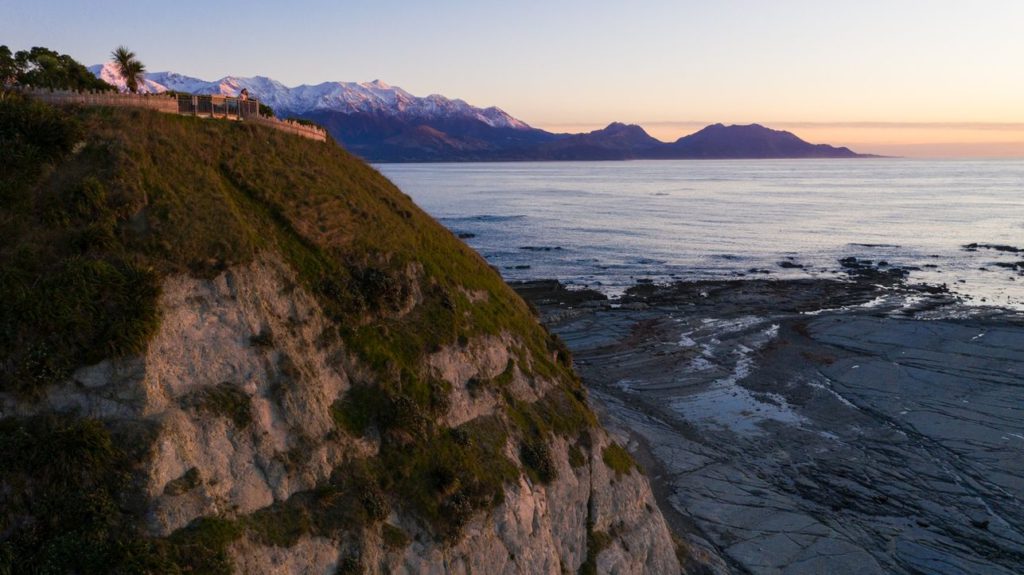
Fast forward to today and chicks raised there are now returning to the new colony to produce their own offspring, safeguarded with a predator-proof fence. Not far from South Bay, you can see the colony and often glimpse a raft of birds, flying in formation low to or from the sea for a feed. Another epic wildlife highlight is Point Kean fur seal colony. Close to the town side of the Peninsula, this section of the walk is particularly heavily-trafficked. From the carpark at Point Kean, the fur seals pop up in the most unexpected places. In fact, you may well stumble across a big bull squatting in the bush, who will bark and bellow at you, as you walk by. Don’t get too close to these guys – they will bite and are highly infectious.

The females and their pups tend to be a bit further out on the rocky platforms. If the tide is low, you can explore the open tidal platforms on foot, where a variety of wading birds, like oystercatchers and reef herons, feed on the platforms. Add to that, shags galore and if you’re extra lucky, you may spot some blue penguins bobbing about just offshore. I can personally confirm that you’ll fast become a bird nerd on the peninsula walk.
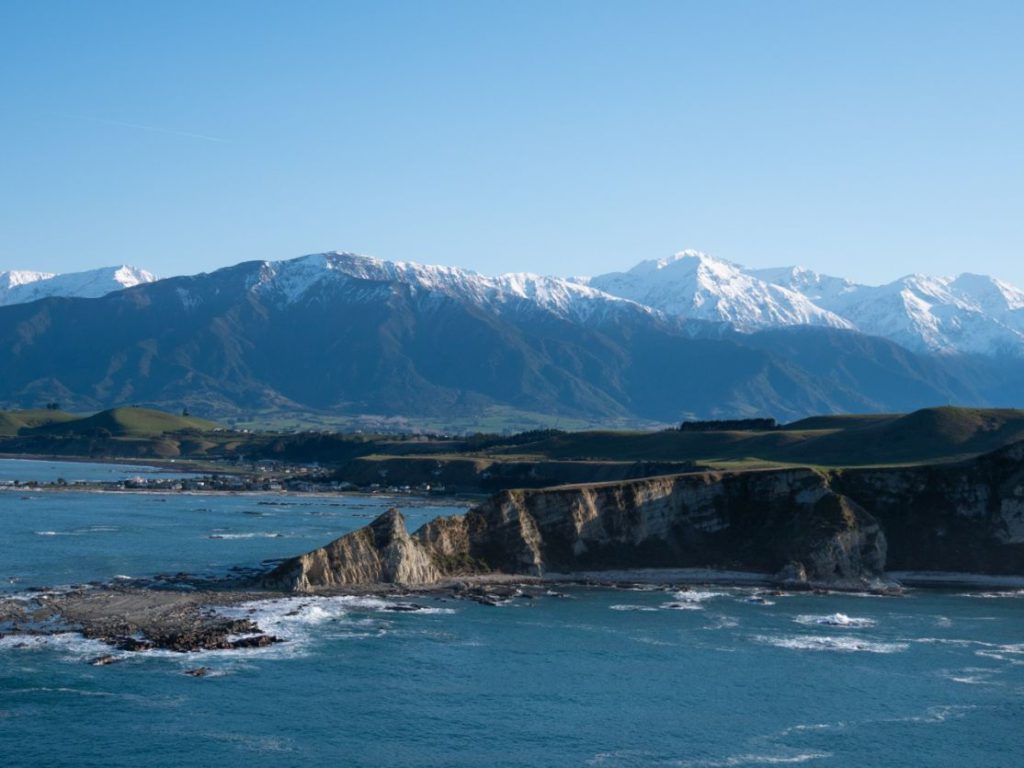
If ever a landform doubles as a fitting symbol for a region’s greatest treasure, Kaikōura Peninsula would have to take the cake. From the air, it vividly conjures the shape of a whale’s tail. If you want to get intimate with a splashing whale’s tail, you can take to the water with Whale Watch, who have become one of New Zealand’s iconic tourism operators. Their two hour cruise delivers an up-close encounter with the world’s largest toothed predator, the giant Sperm whale, in their natural environment at all times of the year. Their cruises enjoy a 95% success rate of whale sightings. And if you don’t see a whale on your tour, you get a guaranteed 80% refund.
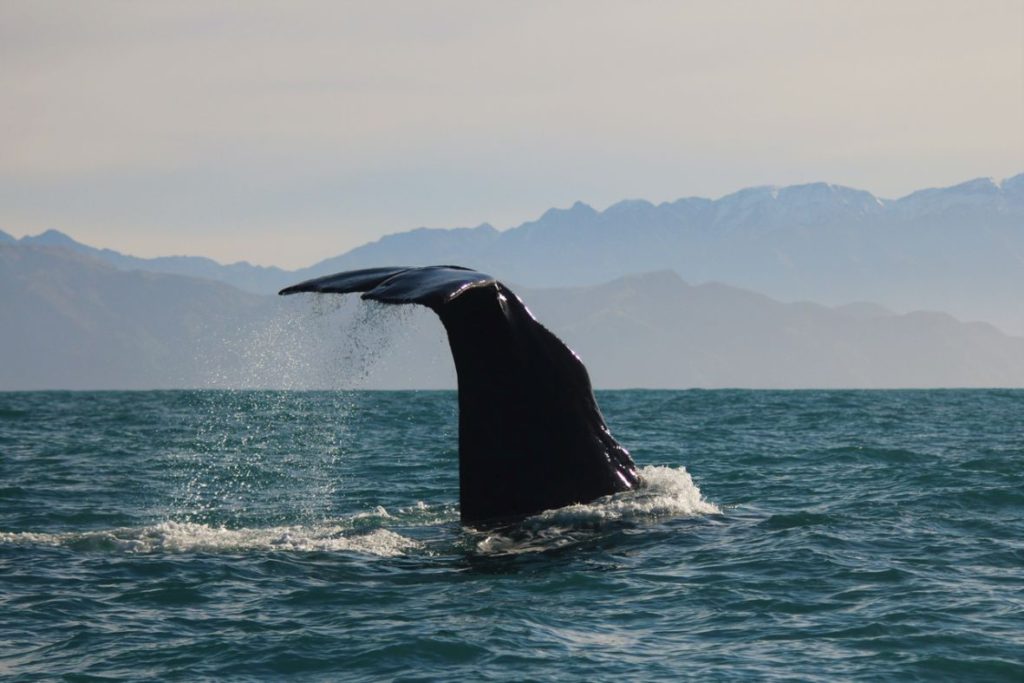
Sperm whales can be found in the Kaikōura canyon year-round, with June and July the optimum months for multiple sperm whale sightings. They form loose pods and generally keep several miles between each other. Aside from the sperm whales, around 80% of the world’s whale and dolphin species migrate past the Kaikōura coastline so there’s a floating pageant of marine life to be marvel over.
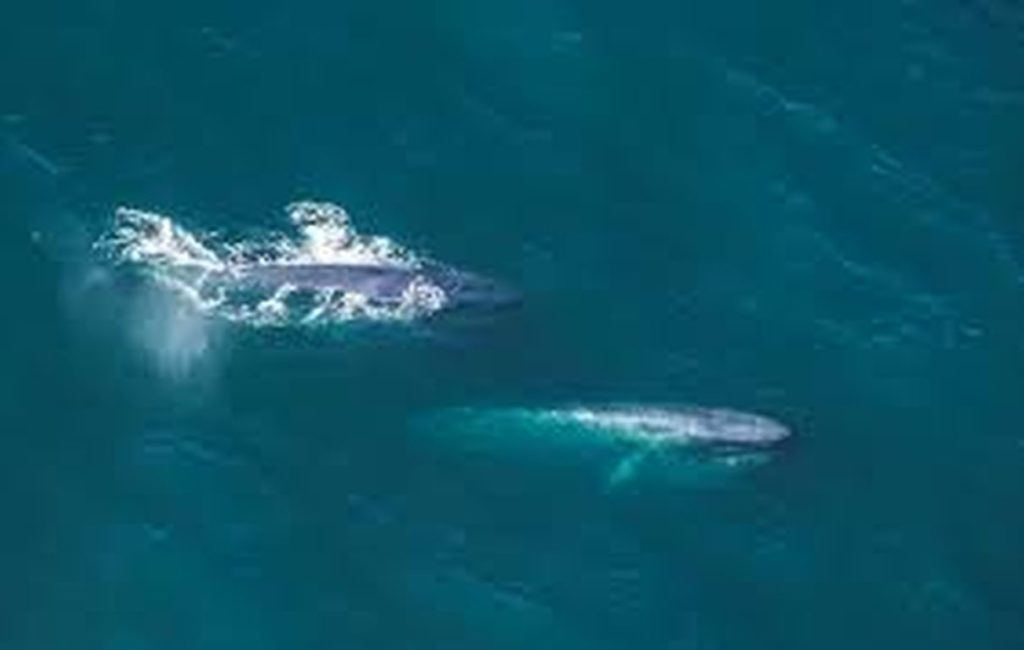
The Blue whale is the ultimate on the hit list- the largest animal to ever exist on Earth. In the summer months, there are numerous sightings of the Blues. Humpbacks are also common in summer, migrating south from the tropics, where they breed and calve in winter. Southern Right, Minke and Pilot whales are also seen around Kaikōura.
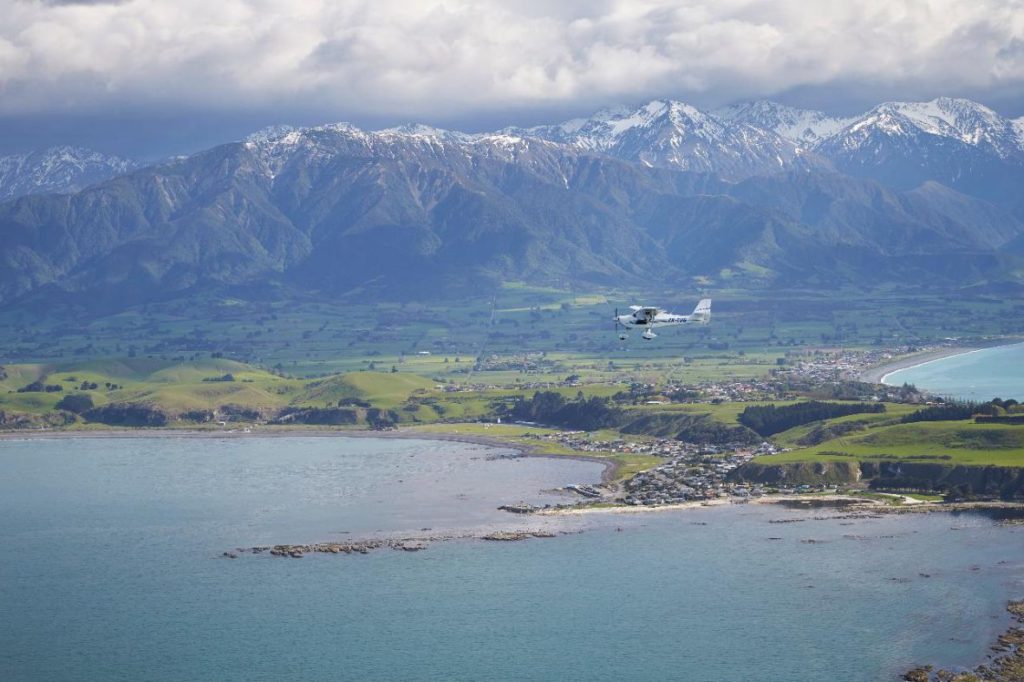
How about going airborne? It’s a superb way to savour the majesty of the marine mammals, particularly if you see a loose pod of sperm whales floating in formation. They’re like an armada. From the air, you can really appreciate the full size of the whales, from tip to tail. You will also have an opportunity to see the playful dusky dolphins and other marine life on your flight. Air Kaikōura is a small friendly Aero Club, it’s a not-for-profit operation, and they were the first to offer Whale Watching flights in Kaikōura. They’ve been operating for thirty years with a spotless safety record. They guarantee a flight with a minimum of two passengers, and aside from whale watching, they offer scenic flights across the Seaward Kaikōura Range and it’s a great way to see some of the epic changes to the landscape from the quake. https://www.airkaikoura.co.nz/
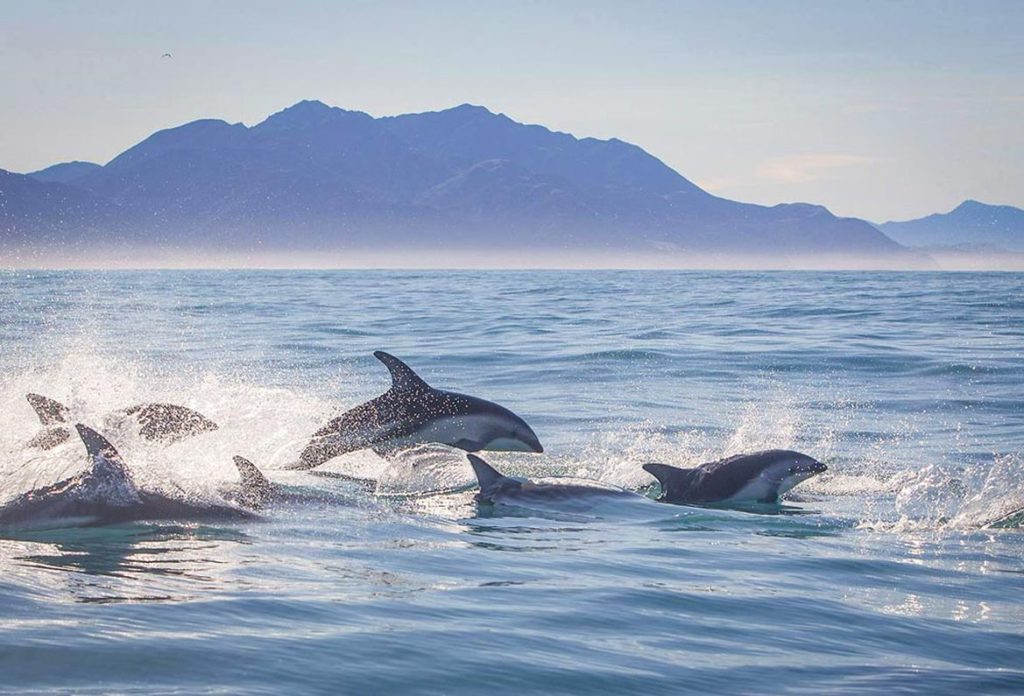
Aside from the sperm whales, around 80% of the world’s whale and dolphin species migrate past the Kaikōura coastline so there’s a floating pageant of marine life to be marvel over. Another headline spectacle is to take a tour with Dolphin Encounter, an iconic tourism operator with over 30 years of experience under its belt. Whether you want to swim with the dolphins or admire their circus-like antics from the boat, there’s no disputing that dusky dolphins are the stars of the show. Averaging 2 metres in length, in the summer months can be found in pods of up to several hundred in Kaikōura, coming very close to shore.
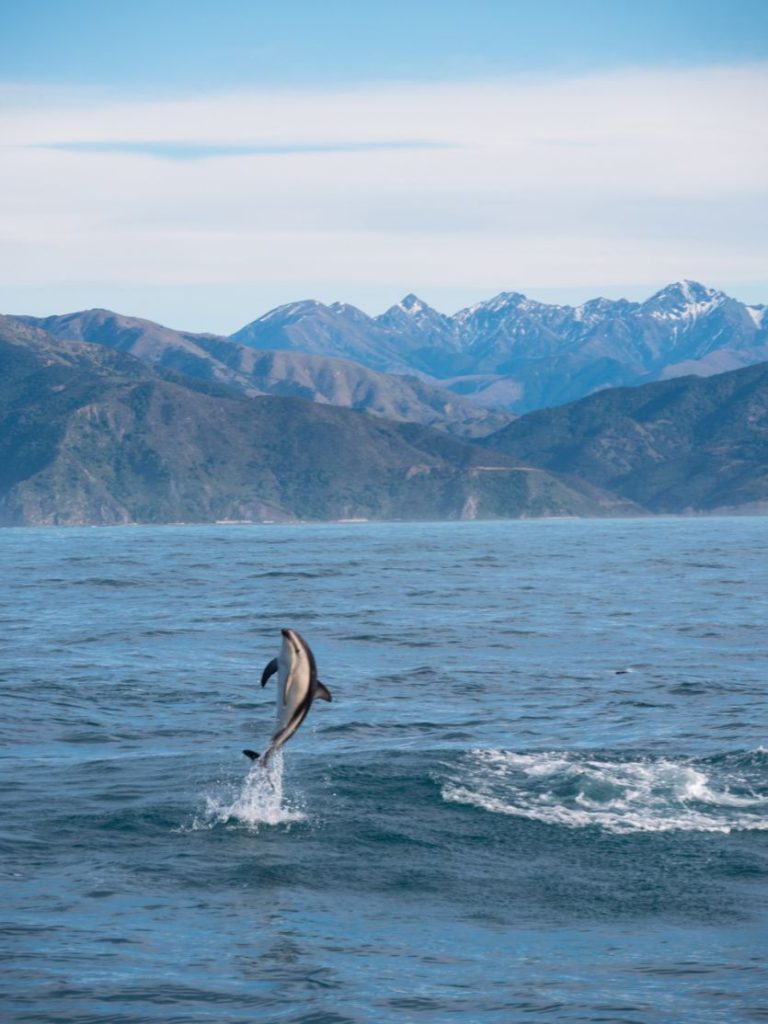
During the cooler months, they shuttle back and forth between Kaikoura and Admiralty Bay, in the Marlborough Sounds, but they are so prolific, Dolphin Encounter operates year-round. Reputed to be among the most acrobatic of all dolphin species, their frolicking hijinks will enthrall you, with their daring jumps, side slaps, backflips and Olympic-standard somersaults. Ask anyone who takes this tour to describe it in one word, and the most common reflex is ”magic.” https://www.dolphinencounter.co.nz/
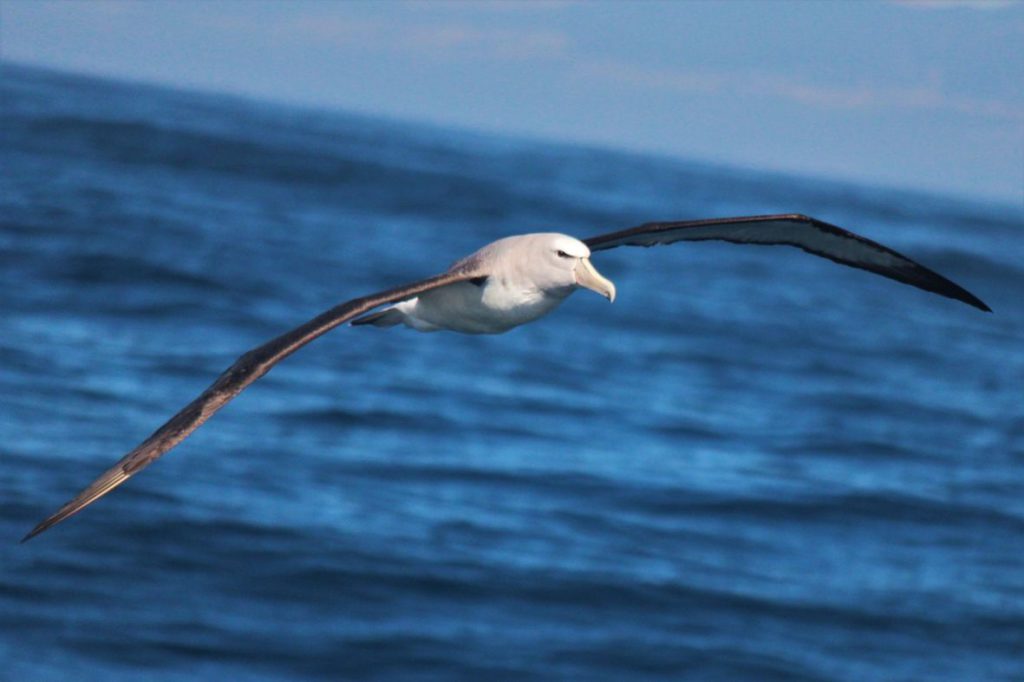
Kaikōura is also home to around 75% of the world’s pelagic ( ocean going) sea bird species which include 12 species of albatross like the Wandering and Royal Albatross, Mollymawk Albatross, Petrels, Shearwaters, Prions, Fulmars, Gannets, Terns and Herons. This vast menagerie of winged mariners has given rise to Kaikōura’s star billing as the best place on the planet to spectate seabirds. Albatross Encounter is another indelible year-round tour option, getting you up close with up multiple species of albatross, many who have travelled thousands of kilometres from their nesting site to reach this abundant feeding ground. Board your boat, and within 15 minutes from the shore, you’ll be in twitching heaven. www.encounterkaikoura.co.nz
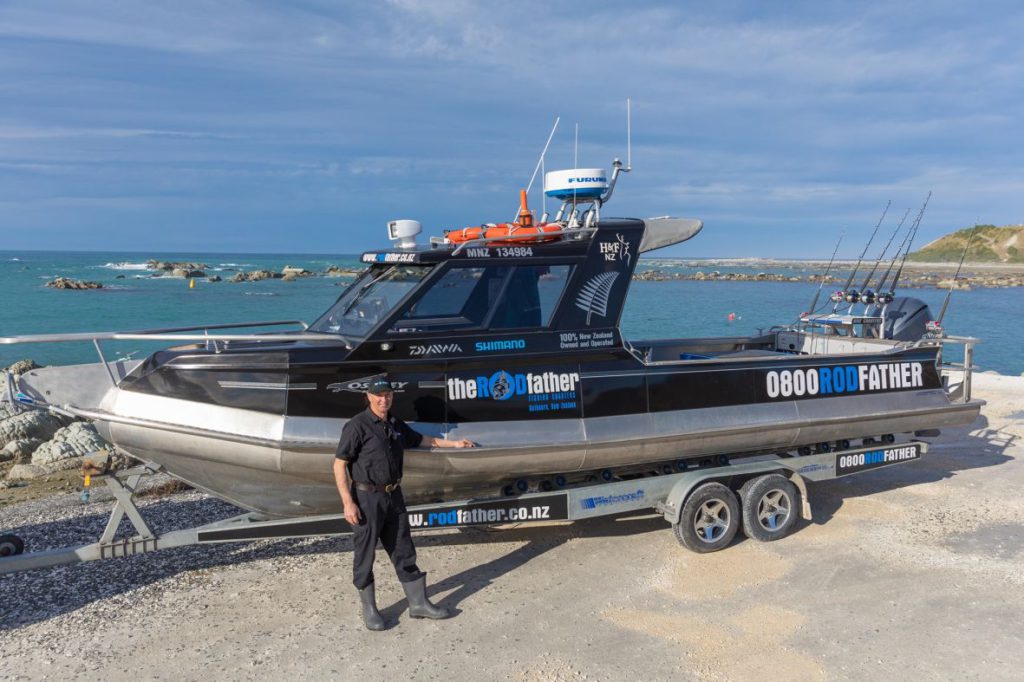
If you want to hit the water for a spot of fishing, make a booking with The RodFather who offer fishing and diving charters year round, regardless of your whether you’re a newbie or a seasoned pro. The blue cod, perch and barracuda are biting and the electric reels make light work of the assignment. You might even bag a couple of crays! They offer half, full day and evening fishing charters and provide all the fishing gear you’ll need. They also ice, fillet and bag your fish for you to take home and enjoy. And Steve your Skipper is passionate about making sure you have a fantastic time. https://rodfather.co.nz/
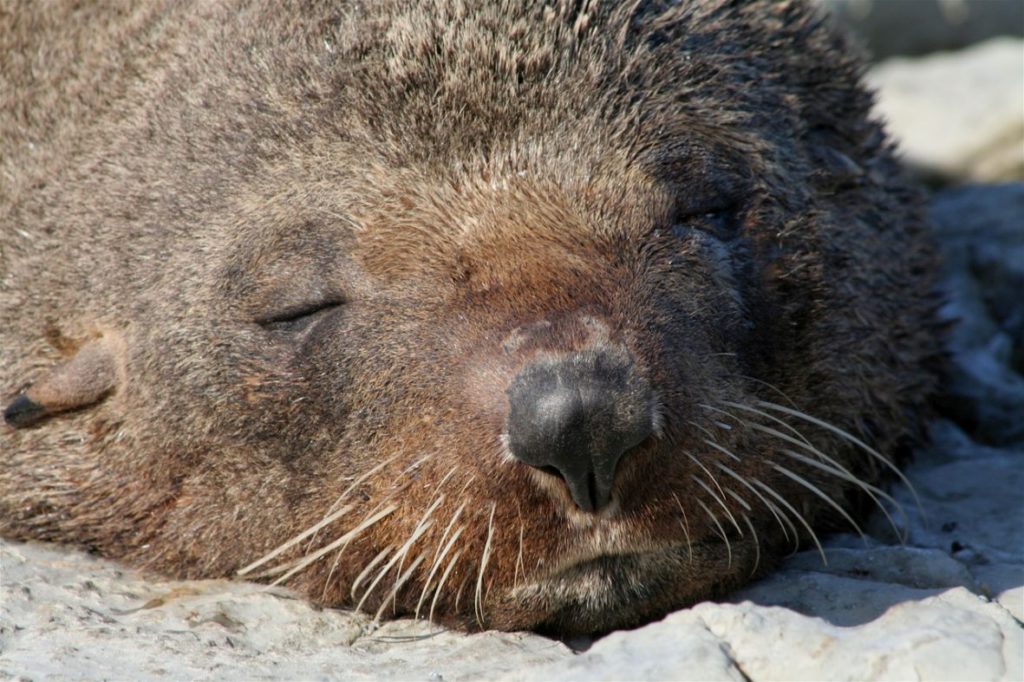
Few places in the world can boast such a platter of natural wonders from the land and the sea, quite like Kaikōura. For more trip tips and holiday inspiration, head to the official website. https://www.kaikoura.co.nz/

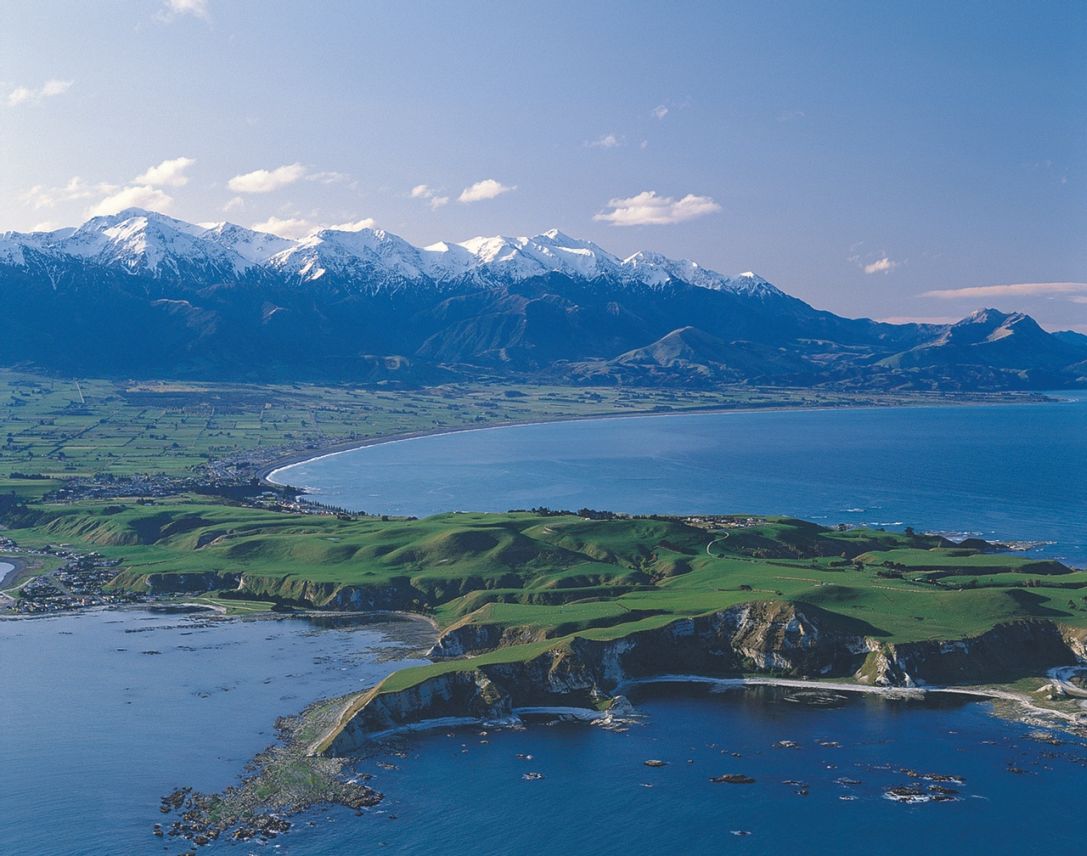
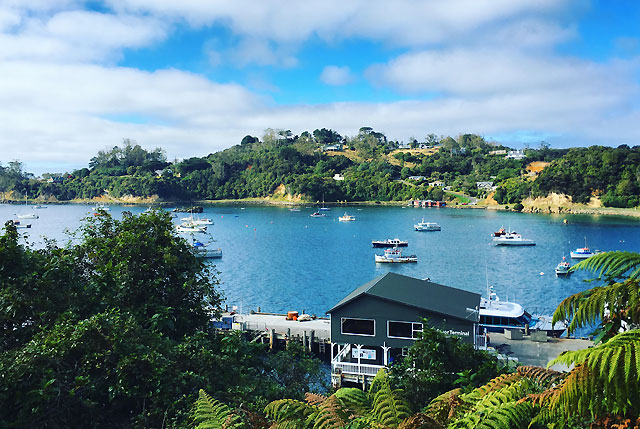
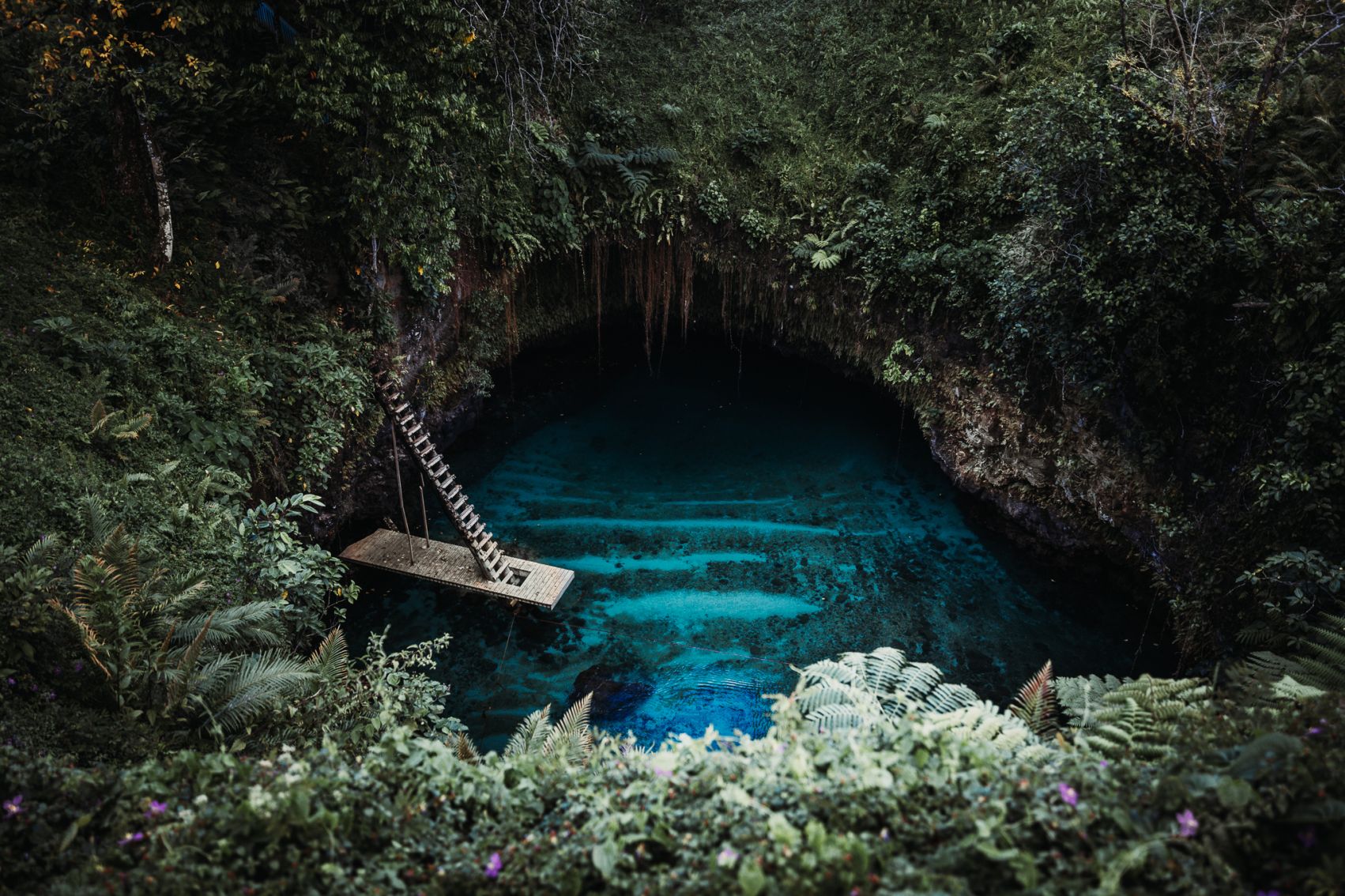
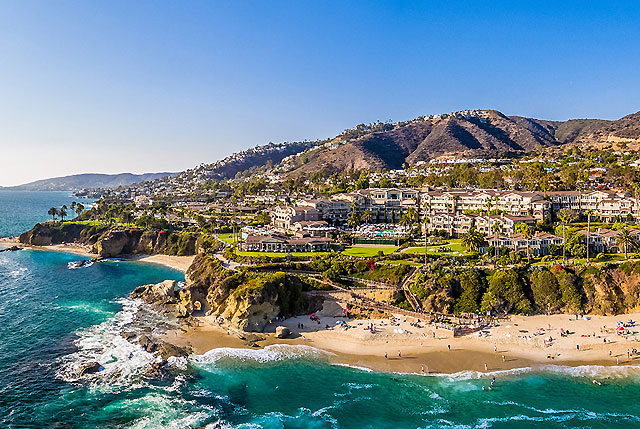
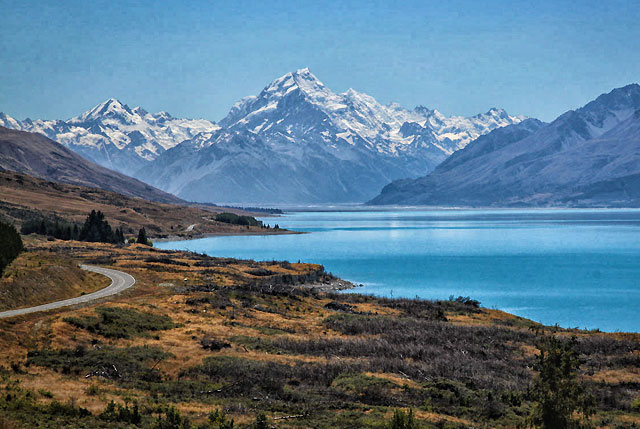
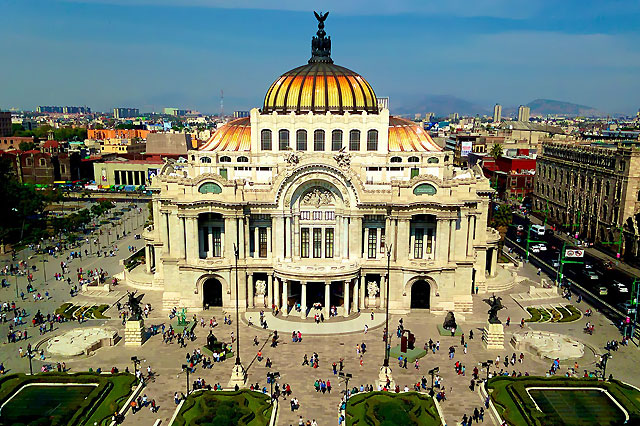

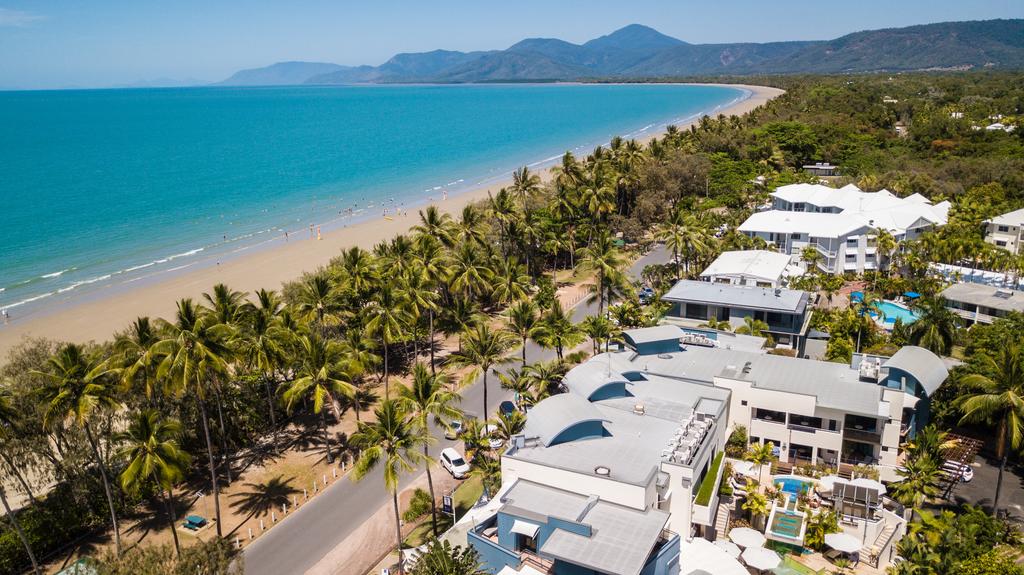
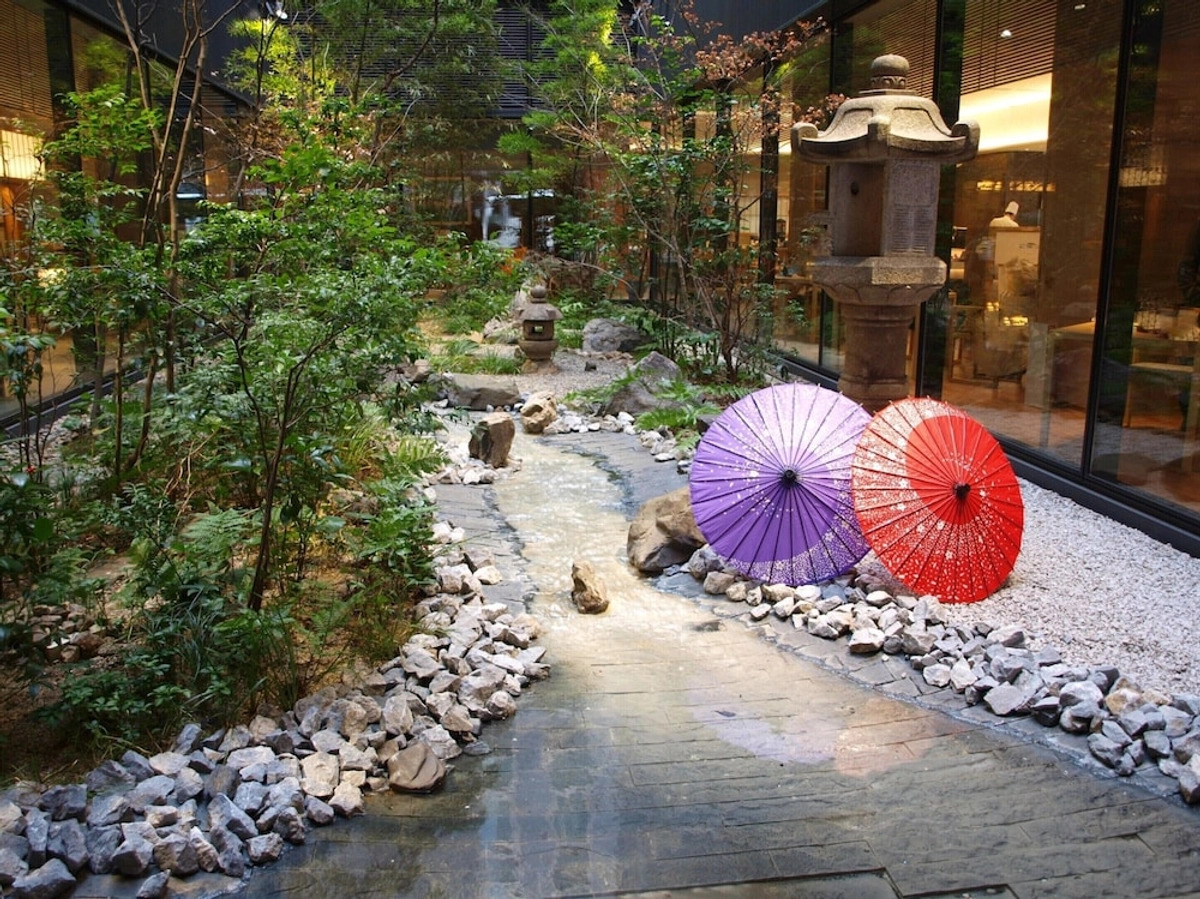



Recent Comments